How To Execute Referral Marketing For Your Business
No matter how big digital and outdoor advertising gets, word of mouth is always going to be one of the best performing networks for any business size. People trust their friends and acquaintances much more than any ad running on their Facebook feed.
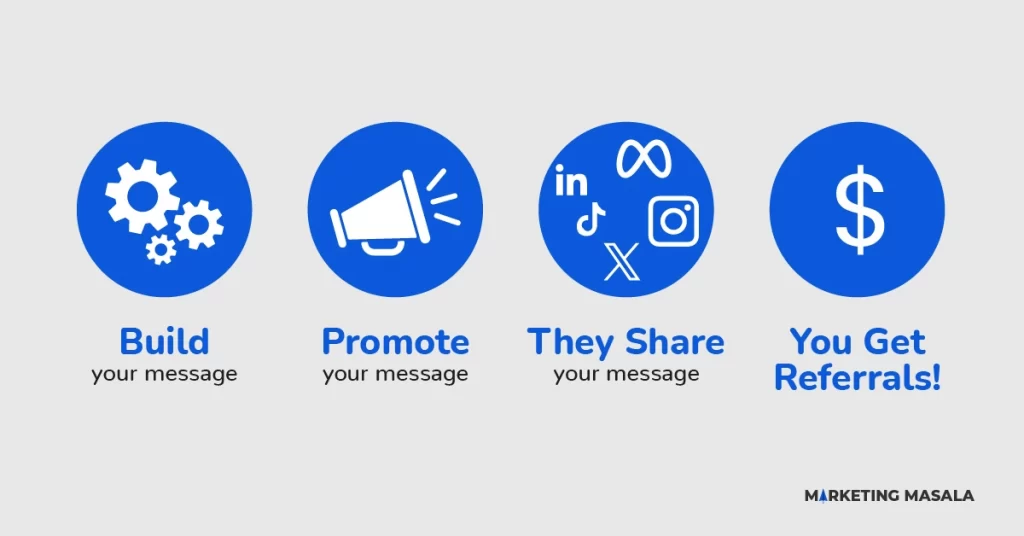
According to Forbes, here are some interesting numbers about word of mouth/ referral marketing
Nielsen says that 92% of consumers say that they would prefer recommendations from their friends over an advertisement.
The Word Of Mouth Marketing Association ( WOMMA) and the American Marketing Association ( AMA) conducted a study. It revealed that 64% of marketing executives believed that word of mouth was better than any other form of marketing.
The surprising fact is that only 6% of them believe that they have been able to master it.
Some other stats about referral marketing are as follows:
- 74% of consumers say that word of mouth is the main driver in their buying decision. [Ogilvy/Google/TNS]
- 68% of consumers trust other online reviews from people, which is up 7% from 2007. This has made online the 3rd highest reliable source in referrals. [Nielsen]
- 88% trust online reviews as much as they trust reviews from their personal contacts. [BrightLocal]
This post talks about mastering online referral marketing strategies & ideas. Let’s dive right into it!
#1 Understand your customer base that can drive referrals.
In order to drive successful referrals, you need to present the opportunity of “spreading the word” to consumers. This must be done to the consumers who have shown a significant level of interest in your business. Here is how-
Using Social Media & Email Marketing Lists
If you have been doing digital sales for a while now, email marketing and social media would definitely be in one of your performers. Email lists are a marketing resource that has information about people who trust you. These people have made a buying decision with your company at least once. As of social media, it can help you identify people who want to stay connected to your business and products
The key here is to understand patterns and segment your audience.
Let’s consider a B2C example of an e-commerce site that caters to women in the age group of 25 to 35.
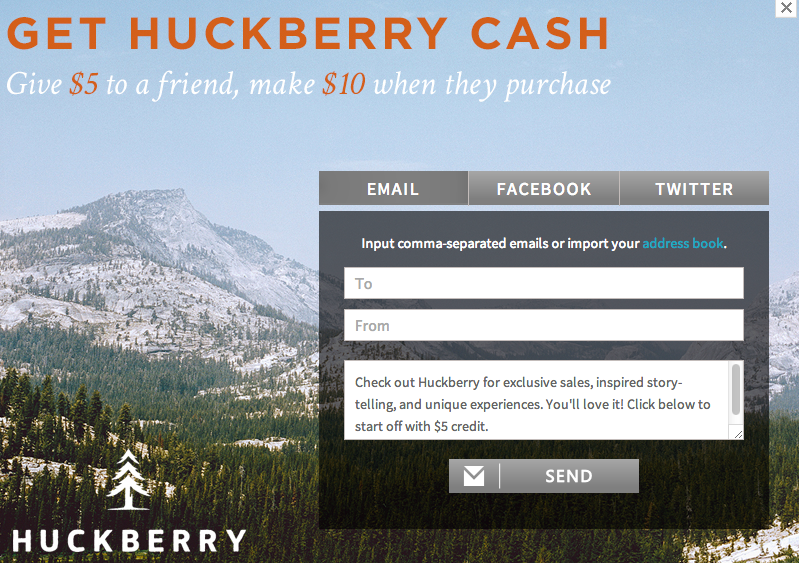
In this case, here are some patterns you will look out for
- People those who have ordered more than twice in 30 days for at least 3 months consistently are customers who are loyal to your website.
- Customers who shared a custom referral link (if you had given them one or they simply forwarded your mail) with their friends right after their first purchase. They are also possible audiences who are happy to share your products.
- People who have been retweeting and sharing your Facebook/Instagram content (which was around products, contests, news about your company). They are also qualified customers who can drive referrals.
In a B2B example where you have a SaaS product, I would recommend the following-
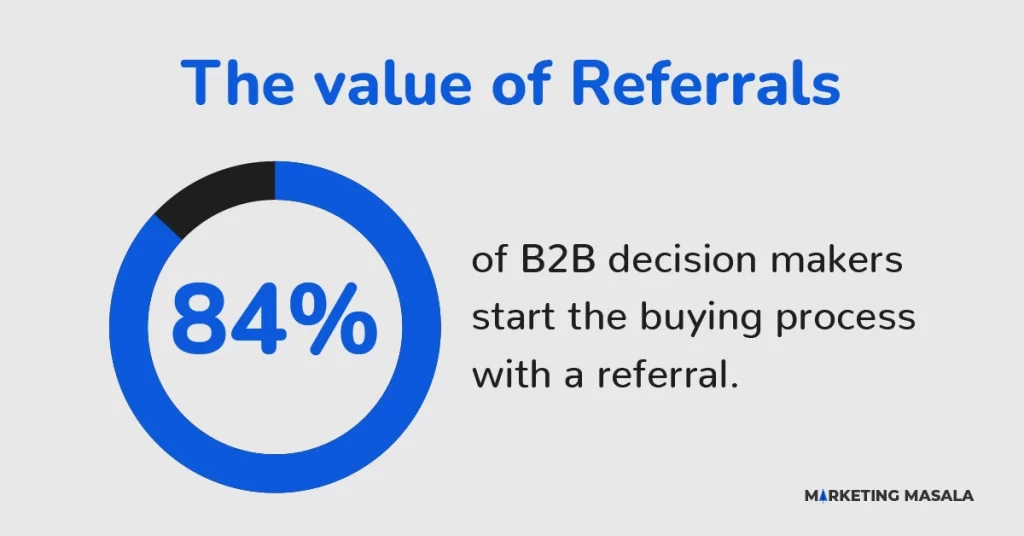
- Customers who have been using your product at least 2 times a week consistently for 90 days will make up for a great set of audience.
- Customers who have clicked through at least 50% of the times on the email links in your promotional mail campaigns are another great set.
- Followers of your LinkedIn page and twitter account who actively shared and interacted with your company news, product updates and other related posts. These are another bunch that you should be targeting.
Want to take your business to the next level? Enroll for free growth hacking course and become an expert growth marketer. Enroll Now!
# 2 Segment these customers and decide the marketing channels you need to use
Once you have decided the patterns that you need to look out for, you should further narrow down by adding concrete numbers. These numbers must be added around the same as the number of orders per week. CTR rate in emails, average time spent using the software etc.
The next step is to decide the marketing channels that you need to use to put across the messaging for referrals.
For this, you need to ask yourself a simple question: Where does your target audience hang out?
In terms of social media, your B2C audience would be more active on Facebook, Instagram and Twitter. In terms of B2B, LinkedIn & Twitter marketing should be your focus areas.
When doing email marketing, the B2C audience would be more likely to use their personal ID’s whereas, with B2B, you need to target work emails.
Here are some segments and marketing mediums that I have created which can help B2C and B2B firms
| B2C | Type of Segmentation | Marketing Message | Marketing Medium |
| Regular buyers ( more than twice a month) | Talk about sharing new products with friends in lieu of an incentive like discounts etc. | Email campaign + FB remarketing ads + Google Remarketing Ads | |
| Existing referrers who shared right after their first purchase | Tell them only if their initial referral converted into a sale + share more referral links in lieu of incentives | Email campaign + FB remarketing ads + Google Remarketing Ads | |
| Social media sharers | Gamify the experience by adding a contest where people have to share their experience with a particular product/trend/collection in lieu of a grand prize | FB Remarketing Ads + Google Remarketing ads + Organic posts on social media channels about the referral | |
| Email forwarders | Thank them for all the emails that they have been forwarding and encourage them to forward more with a referral link that gives them incentive when it converts | Email campaign. |
| B2B | Type of Segmentation | Marketing Message | Marketing Medium |
| Customers who have been using your product at least twice a week | Tell them about sharing the product with different departments of their company and their friends who might be working in a similar capacity like them in other firms. | Email campaign + Google Remarketing Ads | |
| Customers who have clicked through at least 50% of your emails | Send them emails more often talking about what changes they’d like to see in the product and introduce custom referral links for sharing it with their colleagues in different departments | Email campaign | |
| Social media sharers | In a social media post, talk about a major change in your product or a customer success story and encourage them to share it | Twitter and LinkedIn remarketing ads |
#3 Analyse and optimise for better conversions
Marketing campaigns need to be optimised regularly. You can not rely on the fact that a couple of strategies/hypothesis will work forever.
To optimise properly, you should follow these steps
- Note the important numbers with every campaign like referrals sent, referrals converted, email subject lines that worked, the difference between different segments for targeting.
- Tweak your marketing messaging and create A/B tests to check different subject lines, targeting options, time of launch and colour scheme with social media.
- Understand what works and what doesn’t. Use these insights to formulate future campaigns and avoid the non-performing strategies.
- The goal should be to maximise referrals at a minimum cost.
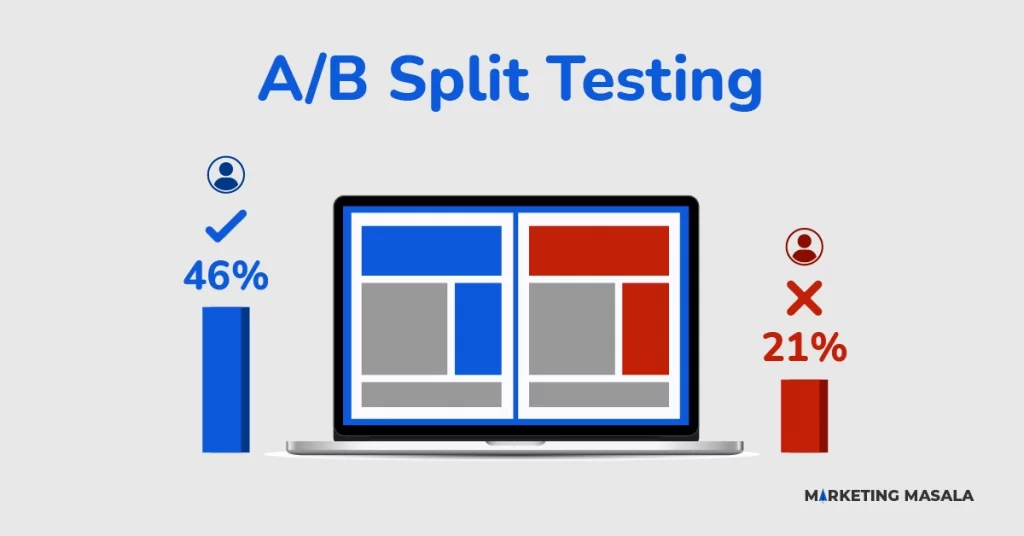
Some of the tools that will help you with the same would include
- Google Analytics to understand user behaviour and goals
- Email marketing tracking within your mail software (like MailChimp etc) to understand numbers like Open Rates, CTR etc
- Social media tools like TrueSocialMetrics, Social Bro, FB Business Manager etc to understand the impact of your social posts and their promotions.
- Marketing automation tools like Hubspot and Infusionsoft that will help you send targeted emails and campaigns based on user behaviour and engagement with your content.
For 10 amazing growth hacking tools download our free E-book today!
These are some of the referral marketing strategies that have worked for me. I’d love to learn more about your experience regarding the same.

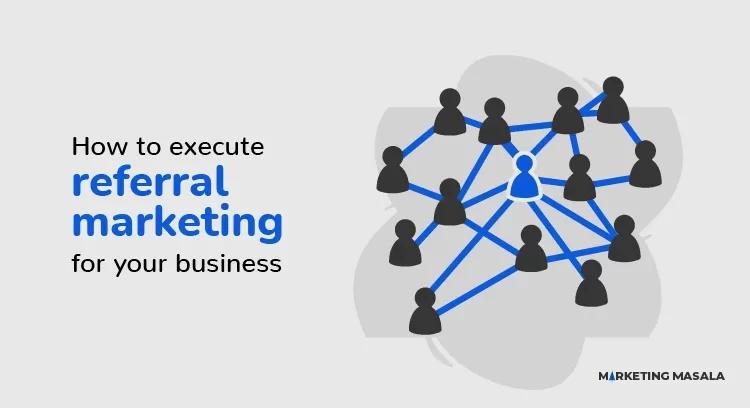


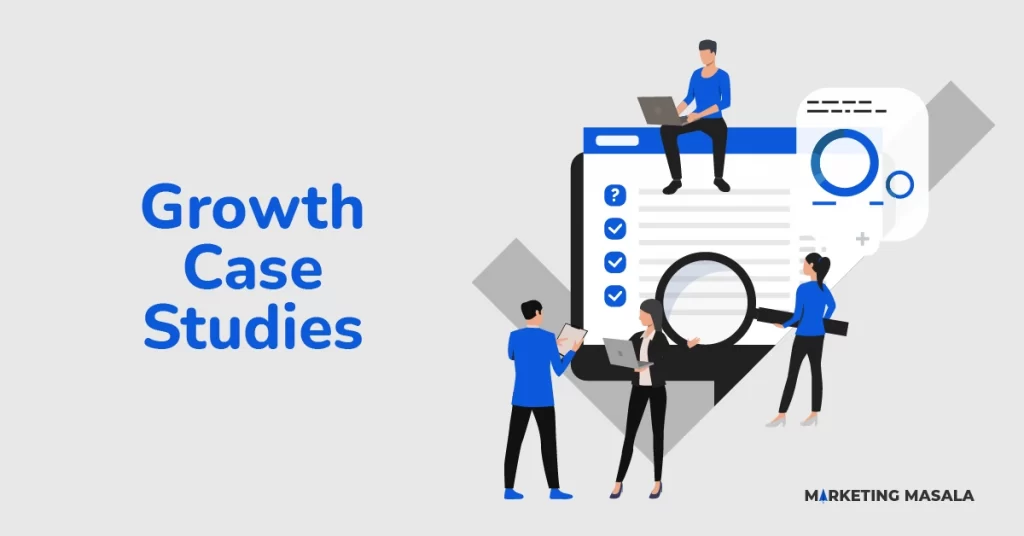
Write a Comment